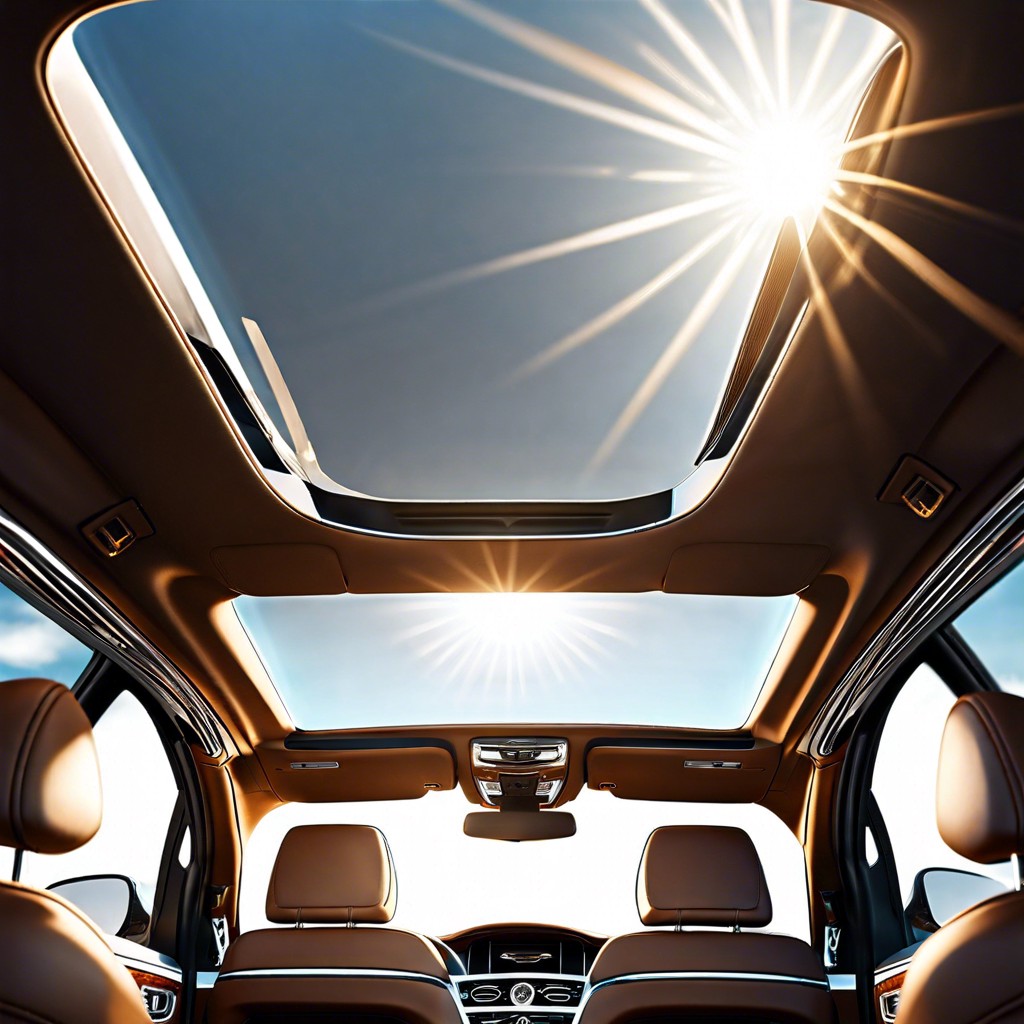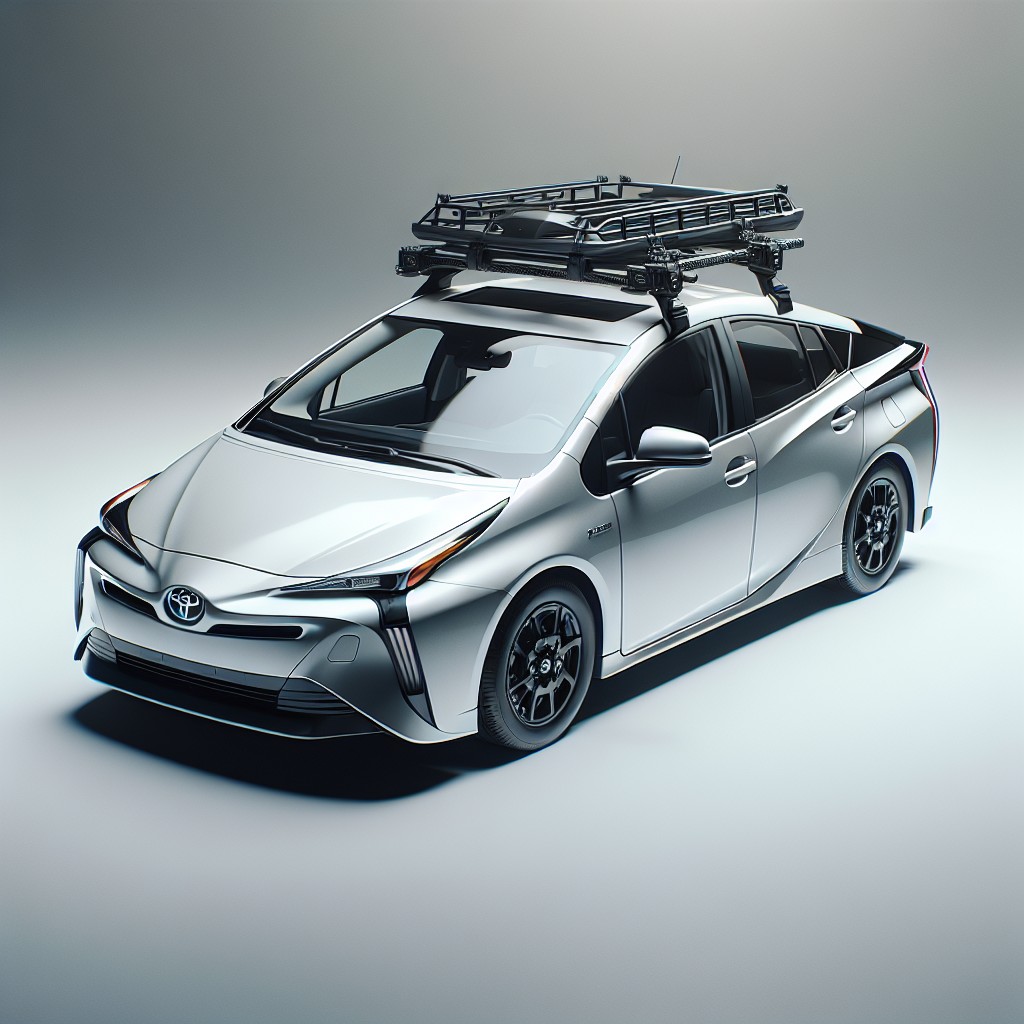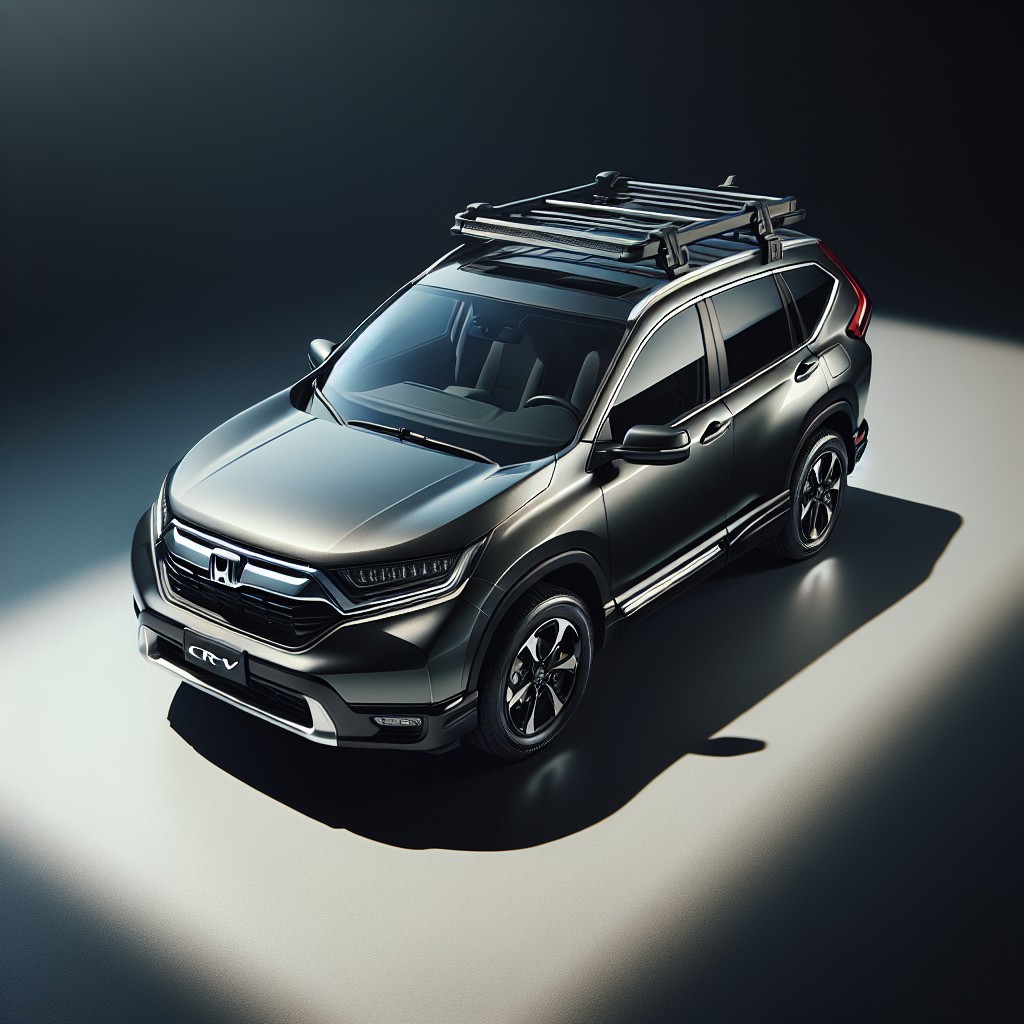Last updated on
Exploring the issue of Ford truck roof collapses becomes vital because understanding its root causes can make your vehicle safer and more dependable.
Understanding the structural integrity of vehicle roofs, especially in trucks, is paramount to ensuring safety during severe collisions. With instances of roof collapse in Ford trucks presenting a pressing concern, it is critical to examine the factors that contribute to these failures.
From the dynamics of rollover accidents exposing inadequate roof support to the intricate aspects of design such as material selection, pillar reinforcement, and the rigor of design testing, this article explores the multi-faceted nature of roof strength in trucks.
Real-world incidents shedding light on the vulnerabilities in roof structures serve as a sobering reminder of the implications on consumer trust and the financial repercussions for manufacturers.
Through a closer inspection of these elements, this article offers an in-depth look at how roof collapses in Ford trucks not only endanger passengers but also ripple through the company’s brand and financial stability.
Key takeaways:
- Ford trucks have had instances of roof collapse in severe accidents.
- Common factors include rollover accidents and inadequate roof support.
- Design considerations include material choice, pillar strength, support beams, manufacturing process, and design testing.
- Real case incidents highlight weaknesses in roof support structures.
- Roof collapses can impact consumer confidence, brand image, sales, recall expenses, resale values, and insurance costs.
Background of Ford Truck Roof Collapse Incidents
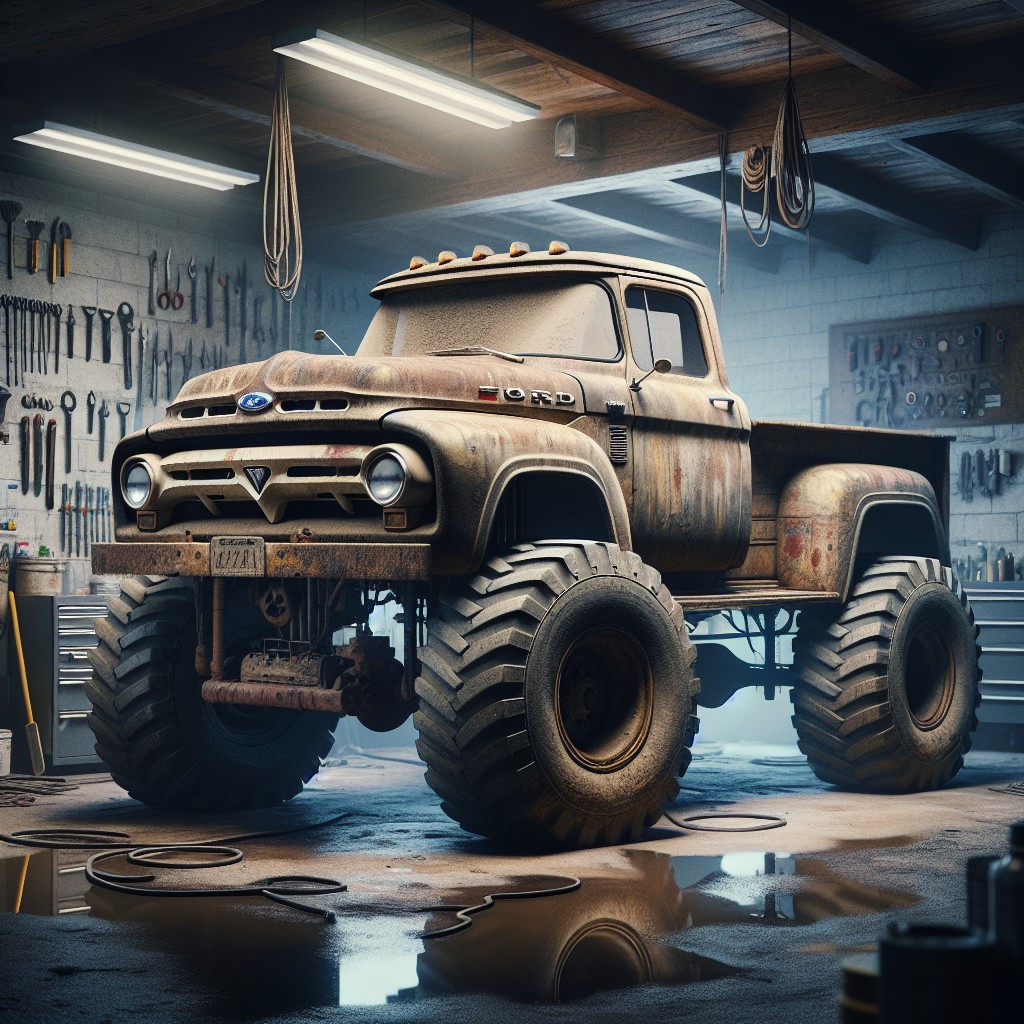
While relatively rare, instances where the roof structure of Ford trucks have compromised have sparked concern. Several factors contribute to roof collapse, such as high-impact collisions, rollovers, and structural inadequacies.
The robustness of a truck’s roof is gauged by its ability to withstand pressure and its performance during safety tests, like those conducted by the Insurance Institute for Highway Safety (IIHS).
Historical data reveals a pattern of instances where the roofs of some Ford truck models may have failed to provide adequate protection in severe accidents. While the sample incidents under scrutiny cannot definitively represent all trucks, they serve as critical case studies for understanding potential vulnerabilities.
It’s crucial to recognize that these occurrences don’t necessarily reflect the condition of all Ford trucks’ roofs but rather highlight the importance of structural integrity under extreme circumstances. Continuous improvements in manufacturing and design processes aim to mitigate these issues, reflecting the evolution of vehicle safety standards over time.
Commonalities in Reported Ford Truck Roof Collapses
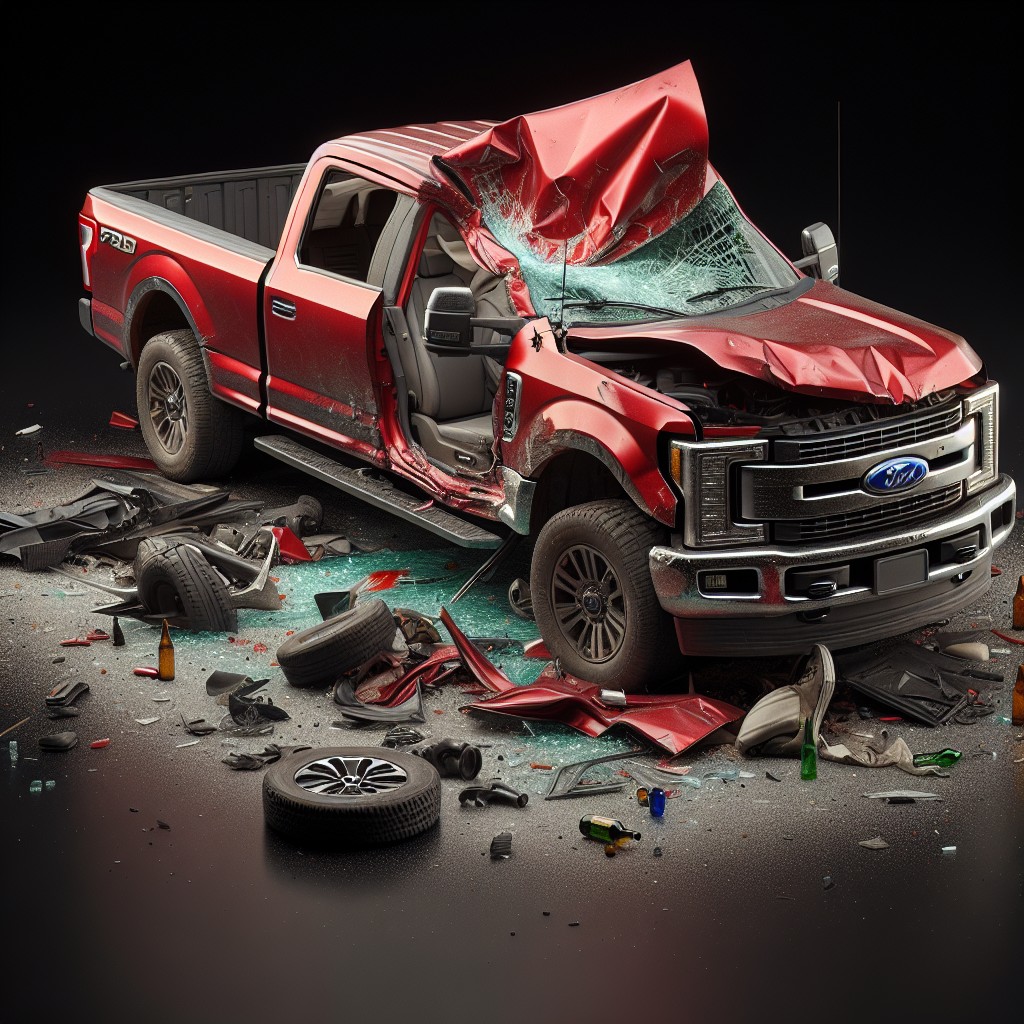
Incidents involving the collapse of roofs on various Ford truck models have shown several recurring patterns. Typically, these collapses occur during rollover accidents when the structural integrity of the roof is compromised.
Investigations often point to inadequate support pillars and roof materials that may not withstand the force of a rollover. Additionally, models with extended cabs are frequently cited, suggesting a possible correlation between the cab design and the likelihood of a roof cave-in during a crash.
The predominance of these collapses during severe impacts raises questions about the threshold of the roof’s weight-bearing capacity. It’s worth noting that while these patterns have been observed, they stem from a collection of individual reports and may not represent systemic issues across all Ford trucks.
The Role of Design in Ford Truck Roof Integrity
Vehicle structural integrity hinges on sound design principles, ensuring safety during rollover accidents. Ford truck roofs incorporate a framework that supports the vehicle in such events, distributing the force of impact to minimize injury to passengers.
1. Material Choice: The selection of high-strength steel or aluminum impacts overall durability – materials must balance weight and rigidity.
2. Roof Pillar Strength: Pillars, named A, B, C, and sometimes D, depending on cab size, are engineered to bear the weight of the vehicle during a rollover. Their robustness is critical.
3. Support Beams: Horizontal beams across the roof contribute to maintaining shape and protecting interior space.
4. Manufacturing Process: Precision in welding and assembly dictates the uniformity of stress distribution across the roof structure.
5. Design Testing: Rigorous simulations and crash testing inform improvements in design, ensuring that the roof can withstand forces specified by safety standards.
Through examining these components, manufacturers are able to enhance the resilience of vehicle roofs to withstand collapse, thereby protecting occupants in the event of a rollover.
Real Case Incidents: Ford Truck Roof Collapse
Case analysis reveals the severity and implications of roof collapse incidents in various Ford truck models.
In 2014, a Ford F-250 Super Duty was involved in a rollover accident, resulting in a crushed roof that led to severe injuries for the occupants. The case highlighted potential weaknesses in roof support structures of the F-Series trucks.
The 2010 Ford Ranger experienced a significant roof collapse during a routine rollover test, raising concerns about the adequacy of the vehicle’s roof strength relative to its size and weight.
A lawsuit filed in 2016 detailed an instance where a Ford F-150’s roof caved in during a collision, prompting questions about the durability of the aluminum used in Ford’s truck roofs.
Each of these incidents underpins the importance of stringent safety measures and robust design principles. The details of these cases are critical for understanding the risks and for informing Ford truck owners and potential buyers about the importance of vehicle safety in rollover scenarios.
Legal Actions and Lawsuits Related to Ford Truck Roof Collapses
When roof collapses occur, they often lead to severe injuries or fatalities, resulting in legal actions against the vehicle manufacturer. In these cases, plaintiffs typically allege that the roof structure was inadequately designed or manufactured, thus failing to provide sufficient protection in the event of a rollover accident.
Here are some key points related to lawsuits involving Ford truck roof collapses:
- Plaintiffs may argue that Ford was negligent in designing a roof that could not withstand foreseeable impacts.
- Lawsuits often center around the concept of crashworthiness, a vehicle’s ability to protect occupants during a collision.
- Evidence in these cases may include expert testimony on structural engineering, materials science, and accident reconstruction.
- Settlements and judgments in these cases can influence auto manufacturers to improve safety features in future designs.
- The outcomes of such legal actions also shed light on the importance of adhering to federal safety standards and the repercussions of not doing so.
It is essential for affected individuals to seek legal counsel to understand their rights and the nuances of product liability law.
Ford’s Response to Accusations of Roof Design Flaws
Ford Motor Company has actively addressed concerns regarding roof strength and design flaws. They ensure that their vehicles, including trucks, comply with the Federal Motor Vehicle Safety Standards (FMVSS). In particular, the FMVSS 216 sets forth requirements for roof strength to protect occupants in rollover crashes. In the wake of accusations, Ford has highlighted its commitment to safety by referring to its internal testing protocols, which they claim surpass legal mandates.
Additionally, Ford has been transparent about any material modifications or enhancements that have been made in response to roof integrity concerns. This may include the use of advanced high-strength steel and structural reinforcements. Also, they’ve worked closely with safety agencies and third-party evaluators to independently assess the durability of their truck roofs.
The company encourages customer feedback and has established a clear channel for vehicle owners to report any concerns, which are taken into consideration for continuous improvement in design and safety features.
Meanwhile, Ford’s communications emphasize the importance of overall vehicle safety. They point to the multitude of safety features in their trucks, such as airbags, electronic stability controls, and collision avoidance systems to assure consumers that comprehensive safety remains a top priority for the brand.
Impact of Roof Collapses On Ford’s Reputation and Sales
Roof collapses can have significant repercussions for any vehicle manufacturer. In the case of Ford:
- Consumer Confidence: Incidents of structural failure shake consumer trust, leading to hesitation or avoidance of affected models.
- Brand Image: Recurring safety issues can tarnish a brand’s reputation for reliability and quality, which is crucial in the competitive truck market.
- Sales: Potential drops in sales figures might follow as buyers consider competitors perceived as offering more robust vehicles.
- Recall Expenses: Addressing structural deficiencies often involves costly recalls and repairs, impacting the company’s financial health.
- Resale Values: Affected models may experience diminished resale value, influencing consumers’ purchasing decisions.
- Insurance Costs: Owners might face increased insurance premiums if certain truck models are deemed higher risk due to roof collapse incidents.
These points illustrate the cascade of effects a structural issue can have, extending far beyond the immediate safety concerns.
Safety Considerations for Existing Ford Truck Owners
Ensuring the structural integrity of your Ford truck’s roof is critical for your safety. Conduct regular inspections, particularly if you own a model that has been previously associated with roof collapse issues. Look for signs of wear, dents, or corrosion, and pay close attention to the roof’s support pillars.
It is also advisable to consult with a certified Ford dealer or a trusted mechanic for an expert evaluation of your truck’s roof condition. These professionals can provide a comprehensive assessment and recommend necessary repairs or reinforcements.
Additionally, be cautious about overloading the roof with heavy cargo. Adhere to the manufacturer’s specified weight limits for rooftop cargo to avoid exerting excessive pressure on the roof’s structure.
In the event you are involved in a rollover accident, the robustness of your truck’s roof could be a determining factor in the outcome. Therefore, investing in a roll bar or a custom roll cage, especially for older models, can greatly reduce the risk of a roof collapse, enhancing your safety during such incidents.
Lastly, staying informed about any recalls or technical service bulletins issued by Ford for your specific truck model is crucial. Promptly address these notices through authorized service centers to mitigate potential roof integrity issues.
The Future of Ford Truck Design and Roof Safety Standards
Moving forward, Ford is expected to emphasize enhanced structural integrity in their truck designs to prevent roof collapse incidents. Advances in engineering may lead to the development of stronger, more resilient materials that can resist deformation during rollovers, thus guarding occupants more effectively.
In line with the increased focus on passenger safety, the incorporation of advanced safety features, such as automatic emergency braking and lane-keeping assistance, may reduce the occurrence of accidents that could result in a roof collapse.
Ford will likely closely adhere to the evolving safety standards set by government and automotive safety organizations, ensuring compliance with rigorous testing procedures designed to simulate real-world conditions.
Continuing research into roof strength and crashworthiness will drive innovation, potentially integrating emerging technologies such as smart sensors to monitor the vehicle’s structural integrity.
By staying at the forefront of these developments, Ford aims to bolster consumer confidence in their trucks’ ability to provide safe transportation under diverse driving conditions.
FAQ
Did Ford lose 1.7 billion verdict?
Yes, Ford Motor Co. lost a verdict amounting to 1.7 billion dollars, marking it as the largest verdict in the history of Georgia.
What is the Ford roof issue?
Ford faced a $1.7 billion lawsuit due to a fatal accident involving a 2002 Ford Super Duty pickup roll-over that resulted in fatalities.
What is the lawsuit against the Ford f250 super duty?
The Ford F250 Super Duty is the subject of a lawsuit following a $1.7 billion jury verdict against Ford connected to the wrongful deaths of Melvin and Voncile Hill, who were involved in a 2014 rollover crash in Georgia with a 2002 model of the truck.
What year Ford trucks have weak roofs?
The Ford F-series Super Duty Pickup Trucks produced from the year 1999 to 2016 have been reported to have weaker roof structures.
How does a faulty roof structure impact the safety of Ford truck occupants?
A faulty roof structure can compromise the safety of Ford truck occupants by increasing the risk of severe injury in case of a rollover incident.
How did the infamous court case change Ford’s approach to roof design and manufacturing?
The infamous court case incited Ford to radically overhaul its roof design and manufacturing process, significantly enhancing material quality, safety parameters, and testing protocols.
Are there any industry-wide safety standards or regulations that govern vehicle roof strength?
Yes, vehicle roof strength is regulated by the Federal Motor Vehicle Safety Standard (FMVSS) 216, which sets the minimum strength-to-weight ratio for vehicle roofs.
